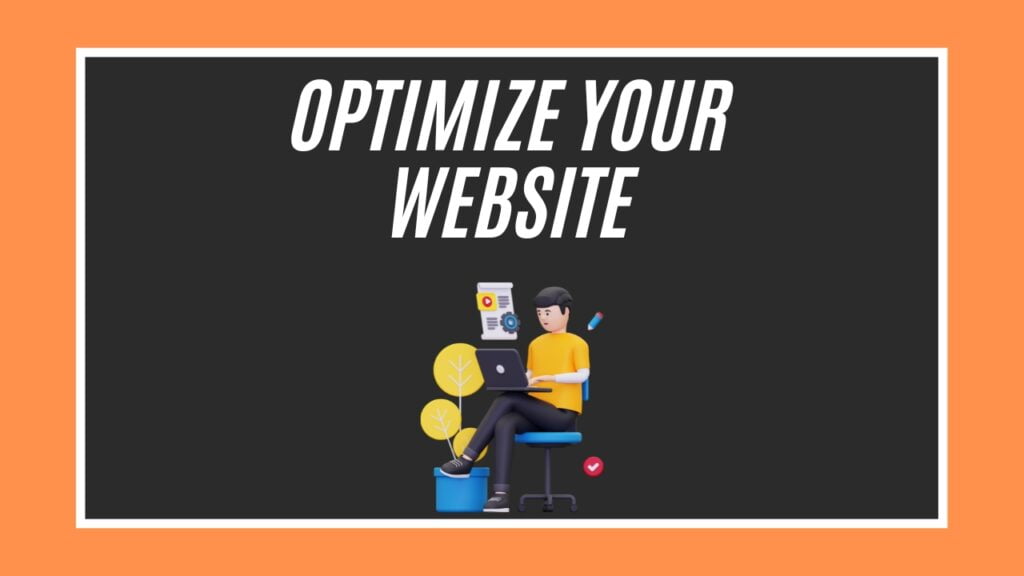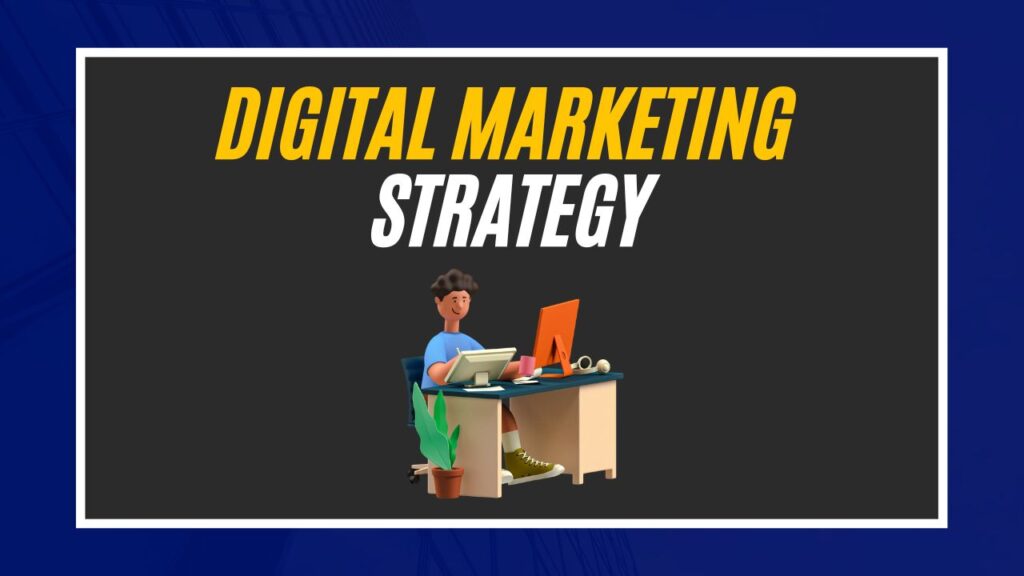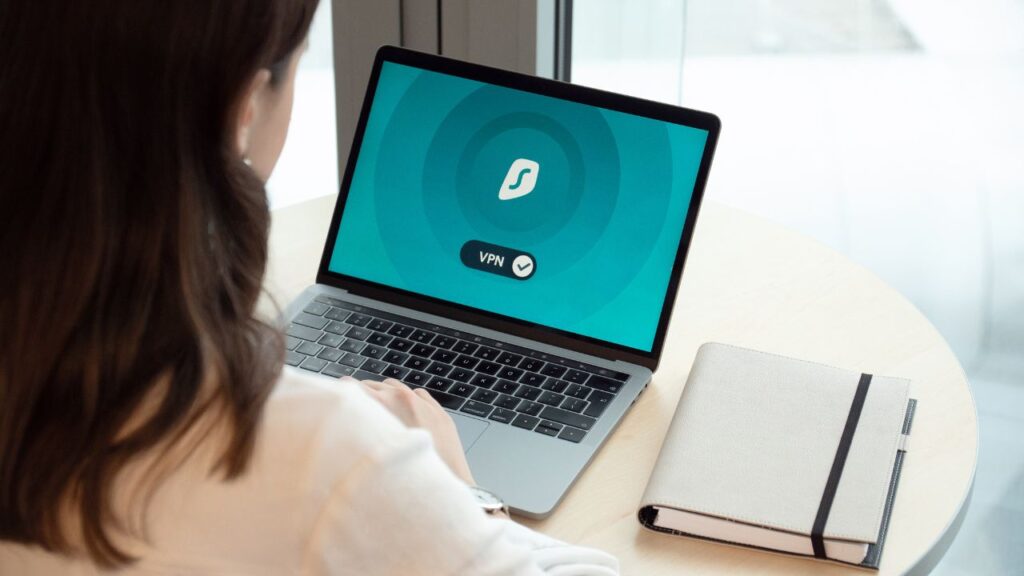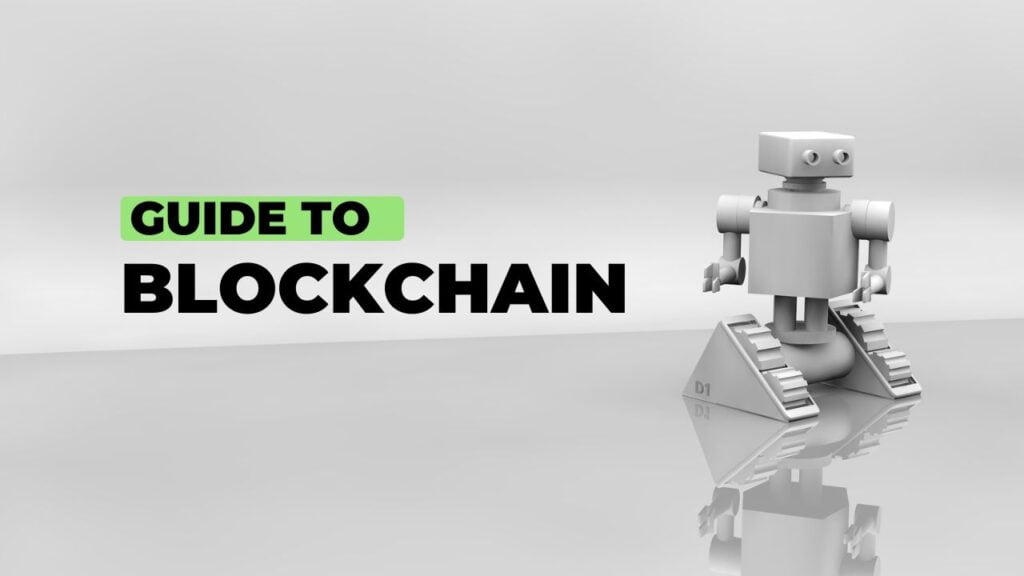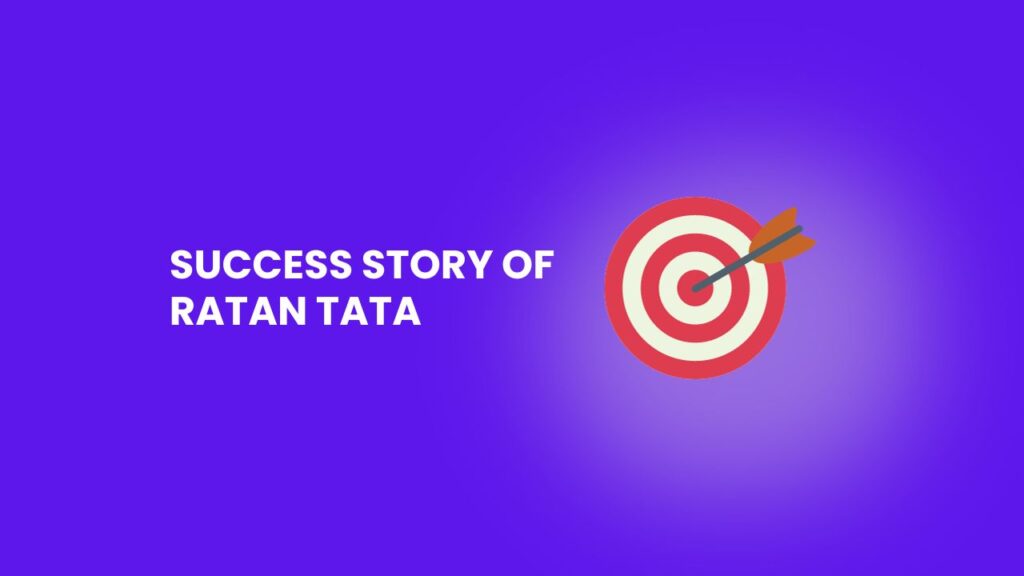
Blogging has become one of the most popular ways to share ideas, build communities, and even make money online. But how exactly does blogging work?
In this article, we’ll break down the basics of blogging, covering everything from how to start a blog to monetizing and promoting it. Whether you’re a beginner or just curious about how blogs operate, this guide will provide easy-to-understand insights.
Page Contents
What is Blogging
Blogging, in simple terms, is the act of writing and publishing content on the internet, typically in the form of articles or posts, which are displayed on a website called a "blog."
Originally, blogs started as personal online journals where people shared their thoughts, experiences, and opinions. Over time, however, blogging has expanded to include business websites, news outlets, and hobbyist platforms.
A blog can cover any topic—from travel and cooking to technology and fitness. Bloggers write about what they’re passionate about or knowledgeable in, often with the aim of educating, entertaining, or persuading their audience.
Why Blogging is Popular?
- Blogging gives individuals and businesses a platform to express their ideas and creativity.
- Bloggers often build communities of like-minded people who share their interests or goals.
- Blogging can establish you as an expert in your field if you consistently provide valuable and insightful content.
- Many bloggers turn their platforms into income-generating businesses through ads, affiliate marketing, sponsored posts, and digital products.
How to Start Blogging: Step-by-Step Guide
If you’re ready to start a blog, you’ll need to follow a few key steps. Don’t worry if it sounds overwhelming—it’s easier than it seems!
1. Choose a Blogging Platform
A blogging platform is where your blog will "live" online. Some of the most popular platforms include:
WordPress: The most widely-used blogging platform. It’s free to use but requires hosting, which we’ll cover in a minute. WordPress offers complete control over your blog and thousands of customization options.
Blogger: A free platform from Google. It’s user-friendly but offers fewer customization options than WordPress.
Wix: Drag-and-drop website builder which is beginner-friendly. It allows you to design a blog without needing to know how to code.
Each platform has its strengths and weaknesses. WordPress, for example, is ideal if you want to fully customize your blog and add features over time, while Blogger and Wix are great for beginners who want something easy to use.
2. Pick a Domain Name
A domain name is your blog’s web address (like www.mkdigitalbiz.com). Choosing the right domain name is crucial because it will be your online identity for years to come.
Tips for Choosing a Domain Name:
- Make sure your domain is easy to spell and remember.
- Your domain should give visitors an idea of what your blog is about.
- If possible, include a relevant keyword in your domain (e.g., "fitness" for a fitness blog).
- Use domain registration tools to see if your desired name is available. Popular sites like GoDaddy or Namecheap allow you to purchase your domain.
3. Select a Hosting Service
If you're using a platform like WordPress, selecting a hosting provider is essential. Hosting is where your website’s files and data are stored, making them accessible to anyone who visits your blog.
Some popular hosting services include:
Bluehost: Known for its affordability and easy integration with WordPress.
Hostinger: Offers excellent customer service and fast speeds.
HostGator: A budget-friendly option with reliable performance.
If you choose platforms like Blogger or Wix, hosting is usually included as part of their service, so you won’t need to worry about it.
4. Design Your Blog
Your blog’s design is the first thing visitors will notice, so it’s important to make a good impression. Thankfully, you don’t need to be a web designer to create a beautiful blog. Most platforms offer customizable templates that you can tweak to fit your style.
Tips for Designing Your Blog:
- Avoid clutter and focus on simplicity. Visitors should be able to find content easily.
- Make sure your text is easy to read on any device, and choose colors that complement your content.
- If you don’t have a logo yet, you can create one using free online tools like Canva. A logo adds professionalism to your blog.
How to Write Blog Posts
With your blog now set up, the next step is to start creating content. Writing a blog post is an art, but you can make it easier by following a structured approach.
1. Choose a Topic
Before you start writing, decide what topic you’ll cover. You can brainstorm ideas based on your blog’s niche or focus on solving a problem your readers face.
For example, if your blog is about cooking, you might write a post titled “10 Easy Dinner Recipes for Busy Weeknights.”
2. Create an Outline
An outline helps structure your ideas and ensures that your post follows a clear and logical progression. Divide your post into sections with subheadings, which makes it easier for readers to follow.
For example, if you’re writing a guide on starting a blog, your outline might include sections like choosing a platform, writing content, and promoting your blog.
3. Write Engaging Content
When you write, aim for a conversational tone to keep readers engaged.
Here are a few tips:
- Avoid jargon or overly complicated language.
- People love stories. Whether you’re writing a how-to guide or sharing your personal experience, storytelling can make your posts more relatable.
- Illustrating your points with examples or images helps clarify complex ideas and breaks up text.
4. Add SEO-Optimized Keywords
Search Engine Optimization (SEO) is crucial if you want your blog post to be found by search engines like Google. Keywords are the words and phrases people type into search engines when looking for content like yours.
For example, if your post is about “blogging for beginners,” you should naturally include that phrase in your title, subheadings, and throughout the content.
5. Include a Call-to-Action (CTA)
At the end of your post, encourage your readers to take action. A Call-to-Action (CTA) might ask them to:
- Leave a comment
- Share the post on social media
- Subscribe to your email list
- Explore other related posts on your blog
This not only drives engagement but also helps build a community around your blog.
SEO for Blogging: How to Optimize Your Blog for Search Engines
If you want people to find your blog, you need to optimize it for search engines like Google.
SEO (Search Engine Optimization) ensures your blog ranks well in search results, driving more organic traffic to your site.
1. Perform Keyword Research
Before writing any blog post, conduct keyword research to understand what people are searching for in your niche. Tools like Google Keyword Planner or ahrefs keyword Tool can help you identify high-traffic keywords relevant to your blog.
2. Optimize Your Title and Headings
Your blog post’s title and headings should include your target keyword.
For example, if you’re writing a post about "how to start a blog," your title might be “How to Start a Blog: A Beginner’s Guide to Blogging Success”. This tells both readers and search engines what your content is about.
3. Write a Meta Description
A meta description is the short summary that appears in search engine results under your title. While it’s not directly used by Google to rank your post, it helps encourage people to click. Include your main keyword and keep it concise, around 150-160 characters.
4. Use Alt Text for Images
Search engines can’t "see" images the way humans do, so they rely on alt text (alternative text) to understand what an image is about. Whenever you upload an image, add descriptive alt text that includes relevant keywords.
5. Internal and External Linking
Internal links are links to other posts or pages on your own blog, while external links are links to reputable sources outside of your blog.
Both types of links are important for SEO:
- Internal links help readers discover more of your content.
- External links show search engines that your content is well-researched and connected to high-authority websites.
Conclusion
In conclusion, blogging has evolved from simple personal diaries to powerful platforms that cater to a variety of purposes—whether for personal expression, building communities, or driving business success.
With its accessibility and potential for creativity, blogging allows anyone to share their knowledge, ideas, or passions with the world.
Starting a blog is straightforward, involving key steps like selecting a platform, choosing a domain, and designing a site that resonates with your audience. With the right strategies, including SEO optimization and engaging content, your blog can reach a broader audience and even become a successful venture.
Whether for hobby or business, blogging remains a dynamic and valuable medium for sharing and connecting online.
